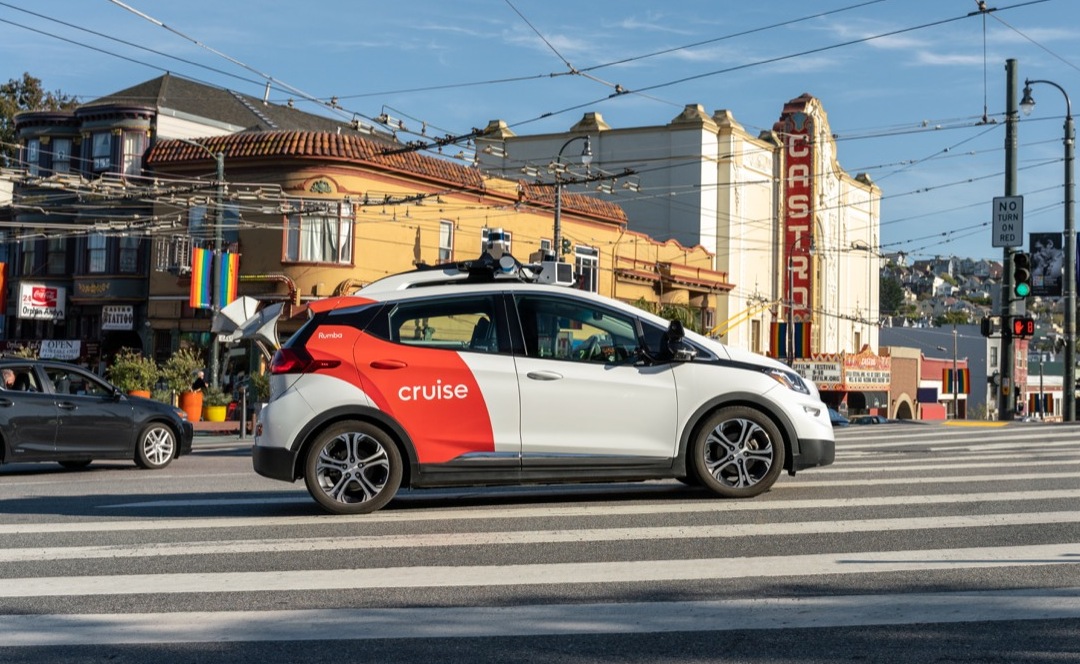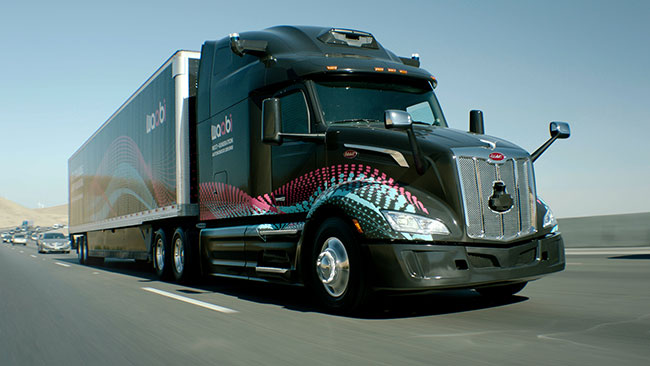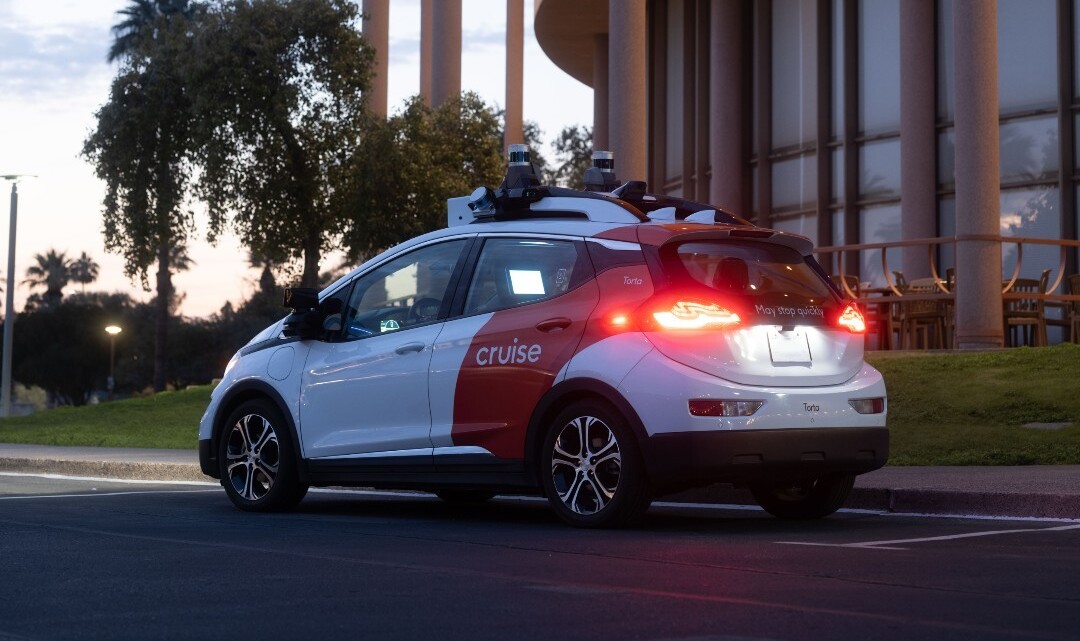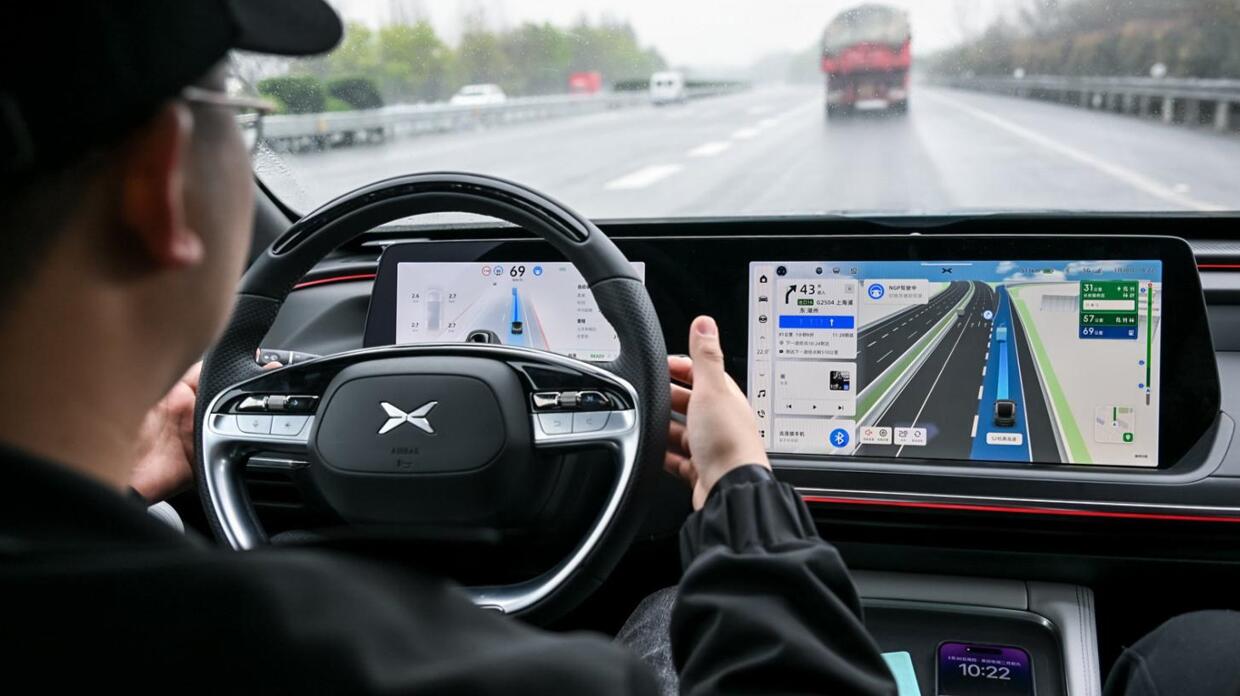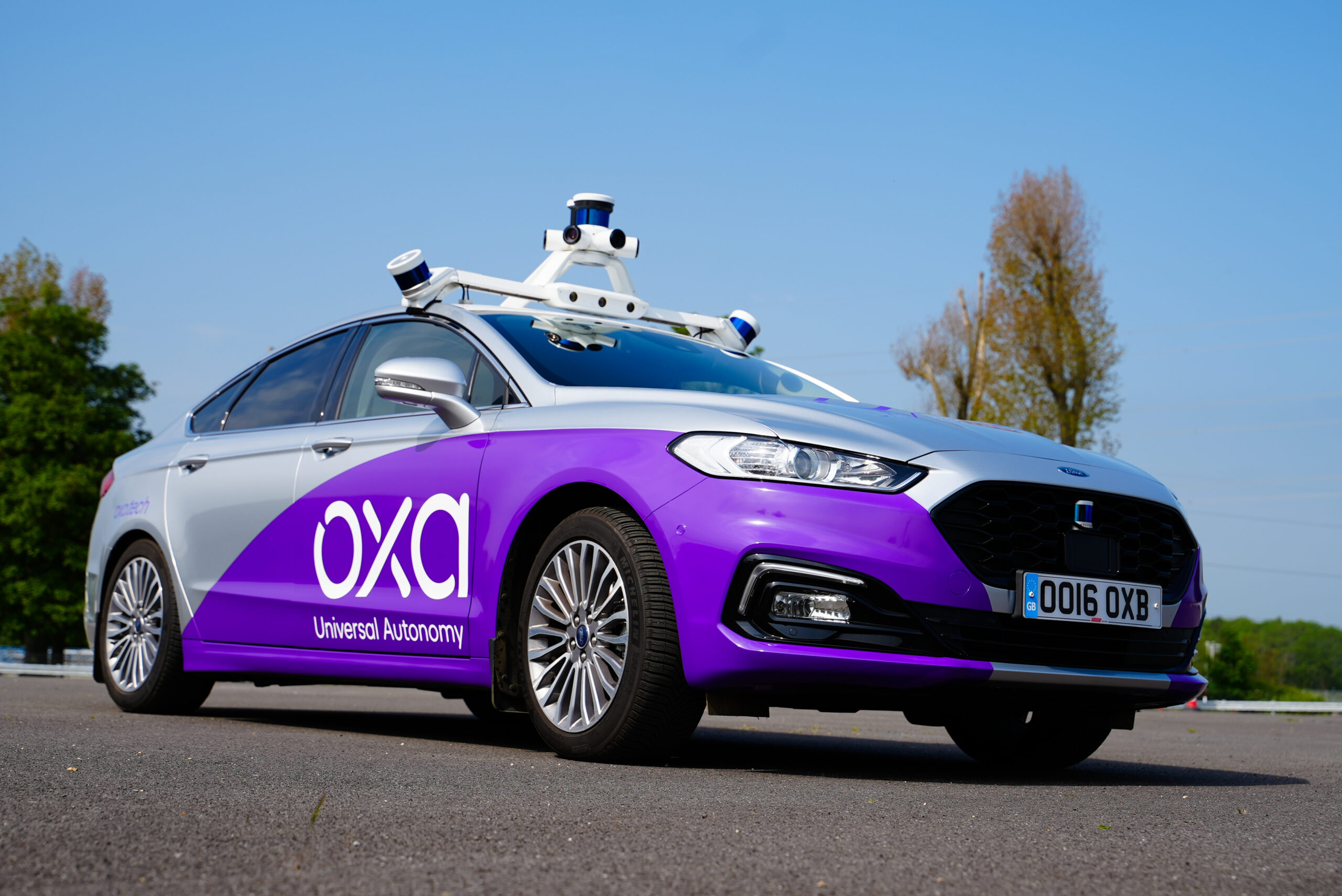General Motors (GM) is shifting its focus toward its Super Cruise driver assistance technology, expecting the feature to generate around $2 billion in annual revenue within five years, the U.S. automaker said on Tuesday.
The move comes as GM winds down its autonomous vehicle unit, Cruise, which has suffered heavy financial losses. The company aims to position Super Cruise, its partially automated driving system, as a key growth driver, similar to Tesla’s Autopilot.
“The revenue from Super Cruise is much higher-margin than manufacturing vehicles,” said Morningstar analyst David Whiston, adding that the technology could help pave the way for fully self-driving cars.
See also: General Motors to Save $1 Billion Annually by Ending Cruise Robotaxi Development Program
Super Cruise is available on about 20 higher-end GM models, including Cadillac and large SUVs, either as a standard feature or an optional upgrade costing between $2,200 and $2,500. Customers receive a free three-year trial, after which they can subscribe for $25 a month or $250 a year.
GM CEO Mary Barra highlighted the potential of driver assistance technology, saying the company plans to double the number of Super Cruise-equipped vehicles in 2025. “Another 33,000 vehicles will end a three-year trial period in 2025, and we are targeting to more than double subscription revenue,” Barra said on Tuesday.
Unlike Tesla’s Autopilot, Super Cruise relies on a more advanced sensing system designed to ensure driver attentiveness, according to Sam Abuelsamid, vice president of market research for Telemetry Insights.
See also: General Motors Delivers Positive 2025 Profit Outlook Amid Strong 2024 Results
Despite the growth potential, GM’s stock has yet to see Tesla-like valuation gains. The automaker trades at around five times its earnings, compared to Tesla’s valuation of roughly 120 times expected earnings, according to LSEG data.
“Software tends to be very profitable,” said Edward Jones analyst Jeff Windau. “If customers see value in Super Cruise, a high renewal rate could provide recurring revenue and enhance brand loyalty.”





